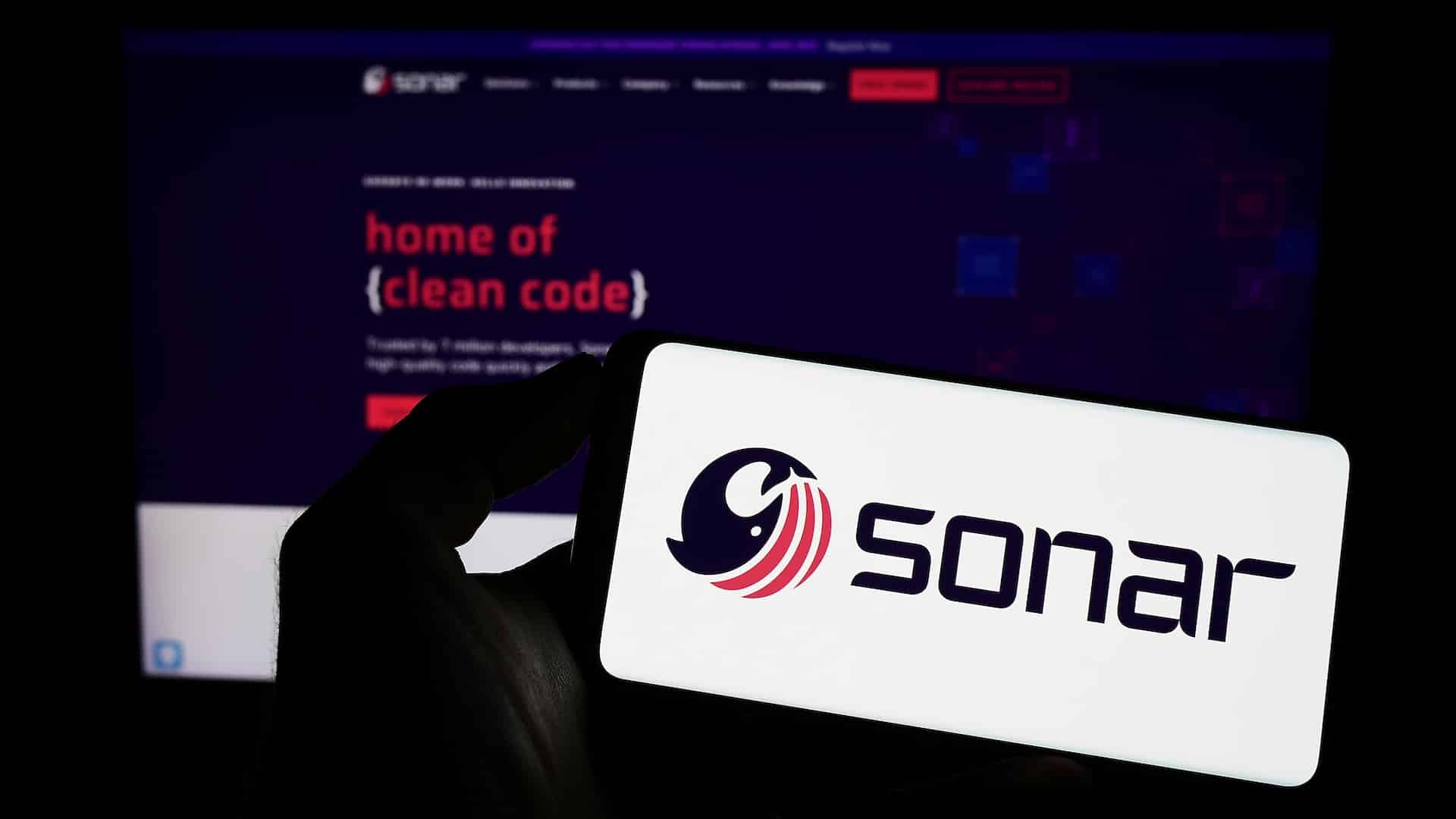Data security concerns everyone. You need to be constantly vigilant to protect data and the level that was appropriate before is no longer sufficient today. Adding in restrictive steps requires us to step out of our comfort zone. But why and how?
What exactly is data security?
Data security encompasses the practices, processes, measures and tools put in place to protect data against cyberattacks, system failures, human error, etc. The aim is to guarantee the confidentiality, integrity and availability of data at every stage of its lifecycle.
The 4 main data security risks
Data security is crucial in the digital age, yet is constantly under threat from a variety of risks. Among the most worrying are cyberattacks, human errors, system failures and internal breaches.
Cyberattacks

Hackers use sophisticated techniques to gain access to sensitive data, whether they manage to do so by phishing, malware or DDoS attacks. The consequences can be devastating, ranging from data loss to personal privacy being compromised.
Human errors

A simple oversight, such as sending an email to the wrong person or misconfiguring a server, can expose sensitive data. In order to minimise these risks, it is essential to continually raise employee awareness and carry out ongoing training.
System failures

Hardware failures, software errors or service interruptions can lead to data loss or corruption. Robust backup systems and disaster recovery plans are crucial to ensure business continuity.
Internal violations

Employees or partners with access to data may intentionally or unintentionally compromise security. Strict access controls and regular monitoring are needed so that incidents such as this can be detected and prevented.
Data protection requires constant vigilance and an integrated security strategy to deal with these four main risks.
Best practices for data security
Implement strict security policies
In addition to technical solutions, strict security policies must be put in place to ensure proper use of information systems. These must include clear guidelines on access management, classification of sensitive data, and response protocols in the event of a breach.
Training employees in data security
The majority of security breaches are the result of human errors. By making employees aware of the risks and training them in best practices, we can considerably reduce the risk of data compromise.
Use strong passwords and two-factor authentication (2FA)
Complex, unique passwords, combined with a second layer of verification via 2FA, mean that unauthorised access to systems and data is much more difficult.
Perform regular data backups
To ensure that data can be recovered in the event of loss or corruption, backups must be stored securely and tested regularly to guarantee their effectiveness.
By following these practices, organisations can strengthen their security position and effectively protect their data against threats.
Technologies for securing data
Various technologies are used to protect sensitive information. Among these, firewalls and antivirus software, data encryption, intrusion detection and prevention systems (IDS/IPS), as well as identity and access management (IAM) solutions all play a crucial role.
Firewalls and antivirus software
They are the first line of defence. Firewalls monitor and control network traffic, blocking unauthorised access, while antivirus software detects and eliminates malware before it can cause damage.
Data encryption
By transforming data into an unreadable code without the appropriate decryption key, encryption ensures that only authorised persons can access sensitive information. Whether data is in the process of being transferred or is being stored, encryption remains an essential technique for protecting information.
Intrusion detection and prevention systems (IDS/IPS)
Monitor the network to identify and counter suspicious activity. IDS alert administrators to potential threats, while IPS go a step further by actively blocking these threats, preventing attacks in real time.
Identity and access management (IAM) solutions
IAM solutions control who has access to company resources and at what level. They provide secure authentication and authorisation management, often using multi-factor processes, to reduce the risk of unauthorised access.
When put together, these technologies form a robust defence against cyberattacks, ensuring data protection and business continuity.
Compliance with data security regulations
Compliance with data security regulations refers to all the laws, regulations and standards that organisations must follow to protect the data they process. These include:
The General Data Protection Regulation (GDPR)
The GDPR (General Data Protection Regulation) is a European Union law, which has been in force since May 2018. It is aimed at every organisation that processes and stores personal data of people residing in the EU. GDPR gives individuals more control over their information and imposes strict obligations on companies to guarantee the security and confidentiality of this data. Violations can result in significant fines.
Sarbanes-Oxley Act (SOX)
In the wake of numerous corporate scandals, the United States passed the Sarbanes-Oxley Act (SOX) in 2022. This law profoundly altered corporate governance, placing an emphasis on transparency, financial integrity by means of internal/external controls, and executive accountability. As with GDPR, it is possible to levy heavy financial penalties.
The ISO/IEC 27001 standard
Unlike the above regulations and laws, the ISO/IEC 27001 international standard does not sanction, but rather sets out a framework and requirements to enable organisations to implement and improve their information security management system.
Organisations can obtain ISO/IEC 27001 certification from accredited bodies, attesting to the reliability and robustness of their information security systems.

What should you do in the event of a data security breach?
A data security breach can have serious consequences for an organisation. Here are some key steps for responding to one:
Detect and identify violations
The first step is to detect the breach at an early stage. Use monitoring systems and alerts to identify any suspicious activity. A thorough analysis must be carried out to determine the nature and extent of the breach.
Contain the violation
Once the breach has been identified, it is crucial to contain it to prevent any further leakage. Some immediate actions to take include isolating affected systems, disabling compromised access and strengthening existing security measures.
Assess the impact of the violation
Analyse compromised data to assess the impact of the breach. Determine what information has been exposed and assess the potential risks to individuals and the organisation. This will enable you to prioritise the actions that need to be taken.
Notify any involved parties
Promptly inform all relevant parties, including customers, employees and regulators, in accordance with applicable laws and regulations. Transparency is key if you want to maintain trust and comply with legal obligations.
Take corrective action
Finally, take steps to remedy the situation. Reinforce security, correct exploited vulnerabilities and implement procedures to prevent future breaches. Train staff in data security best practices to prevent future incidents.
By following these steps, organisations can manage data security breaches and minimise their negative impact.
4 benefits of effective data security
Knowing what to do in the event of a data security breach is one thing. Yet it’s quite another to understand what is at stake and how to prevent security risks. We’ll now take a look at four crucial aspects: protecting sensitive information, boosting customer confidence, preventing financial loss and complying with laws and regulations.
Protecting sensitive information
Protecting sensitive information is the primary and most obvious reason as to why good data security is essential. Sensitive data can include personal information, financial details, trade secrets and medical data. A breach of this information can lead to serious consequences, such as identity theft, financial fraud or loss of competitive advantage. By implementing appropriate security measures, such as data encryption and robust firewalls, organisations can significantly reduce the risk of unauthorised access and data exfiltration.
Building customer confidence
Customer trust is an invaluable asset for any company. By ensuring data security, companies can demonstrate to their customers that they take the notion of protecting their personal information seriously. A solid reputation for data security can attract new customers and retain existing ones. Conversely, a data breach can seriously damage a company’s reputation, leading to a loss of trust and, potentially, a loss of customers. Consumers are becoming increasingly aware of security issues and are inclined to choose companies that guarantee the protection of their data.
Prevent financial losses
The financial consequences of data breaches can be devastating. They not only include direct costs, such as fines and compensation for victims, but also indirect costs, such as loss of customers, reputational damage and system recovery costs. By investing in adequate data security, companies can avoid these high costs. What’s more, good data security can improve operational efficiency by minimising interruptions and disruptions that are caused by security incidents.
Complying with laws and regulations
It is essential to comply with data security regulations to protect sensitive information. The General Data Protection Regulation (GDPR) in force in the EU imposes strict measures for the protection of personal data. The Sarbanes-Oxley Act (SOX) in the USA also aims to guarantee the integrity of financial data. The ISO/IEC 27001 standard provides an international framework for information security management.
Companies that fail to comply with these regulations risk severe fines and other legal sanctions. Good data security ensures that data management practices comply with these legal requirements, thereby avoiding potential legal consequences and improving the credibility of a company in the marketplace.
Secure your data with Qim info
Qim info is here to help you secure your IT systems. Digital technology opens up many opportunities, but also exposes you to unprecedented risks. Our aim is to detect and protect you against these threats so that you can concentrate fully on your core business. To ensure optimal cybersecurity, we follow a four-step process: diagnosis, protection, detection and incident response. Our experts will be by your side every step of the way, ready to effectively integrate any processes into your organisation.







